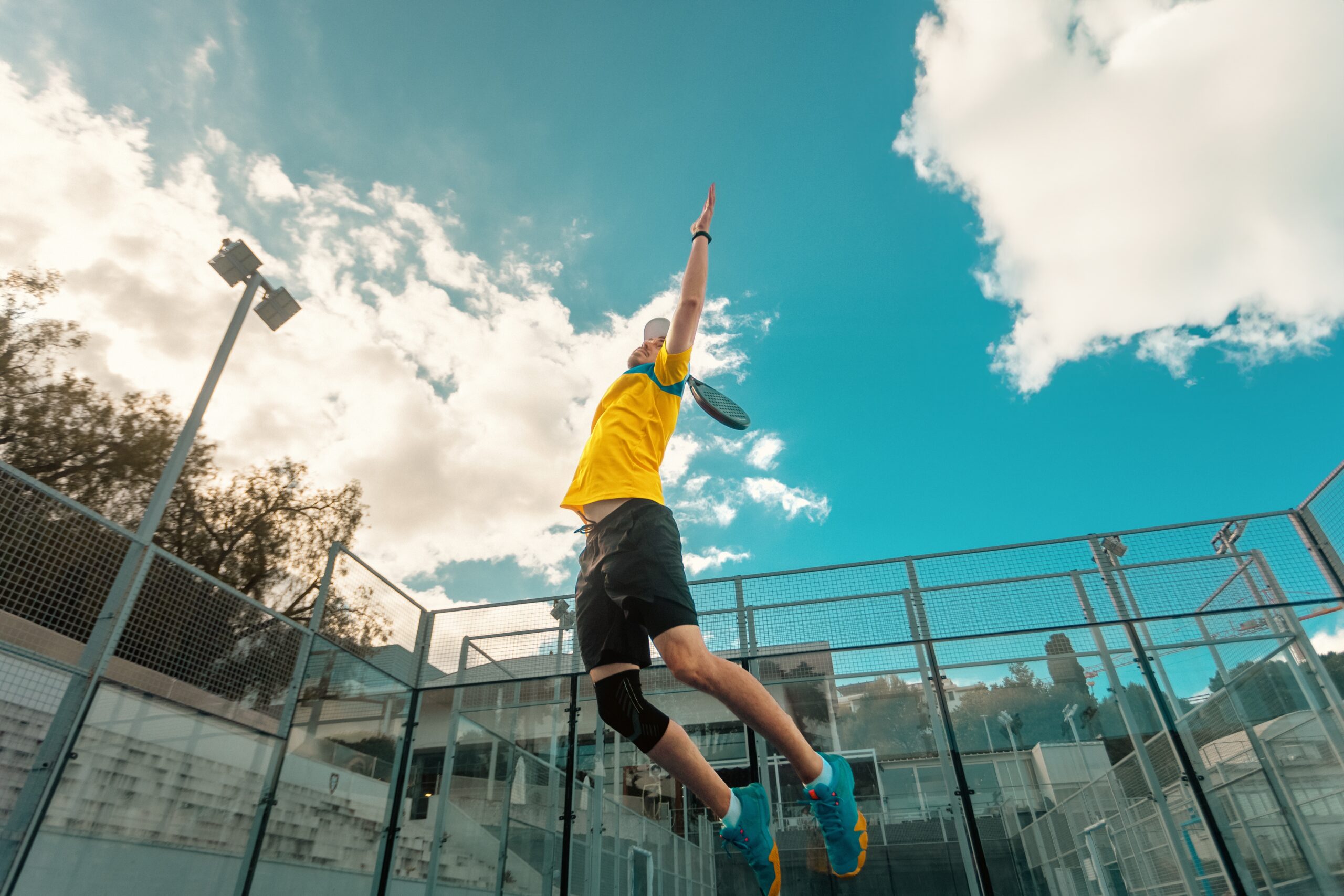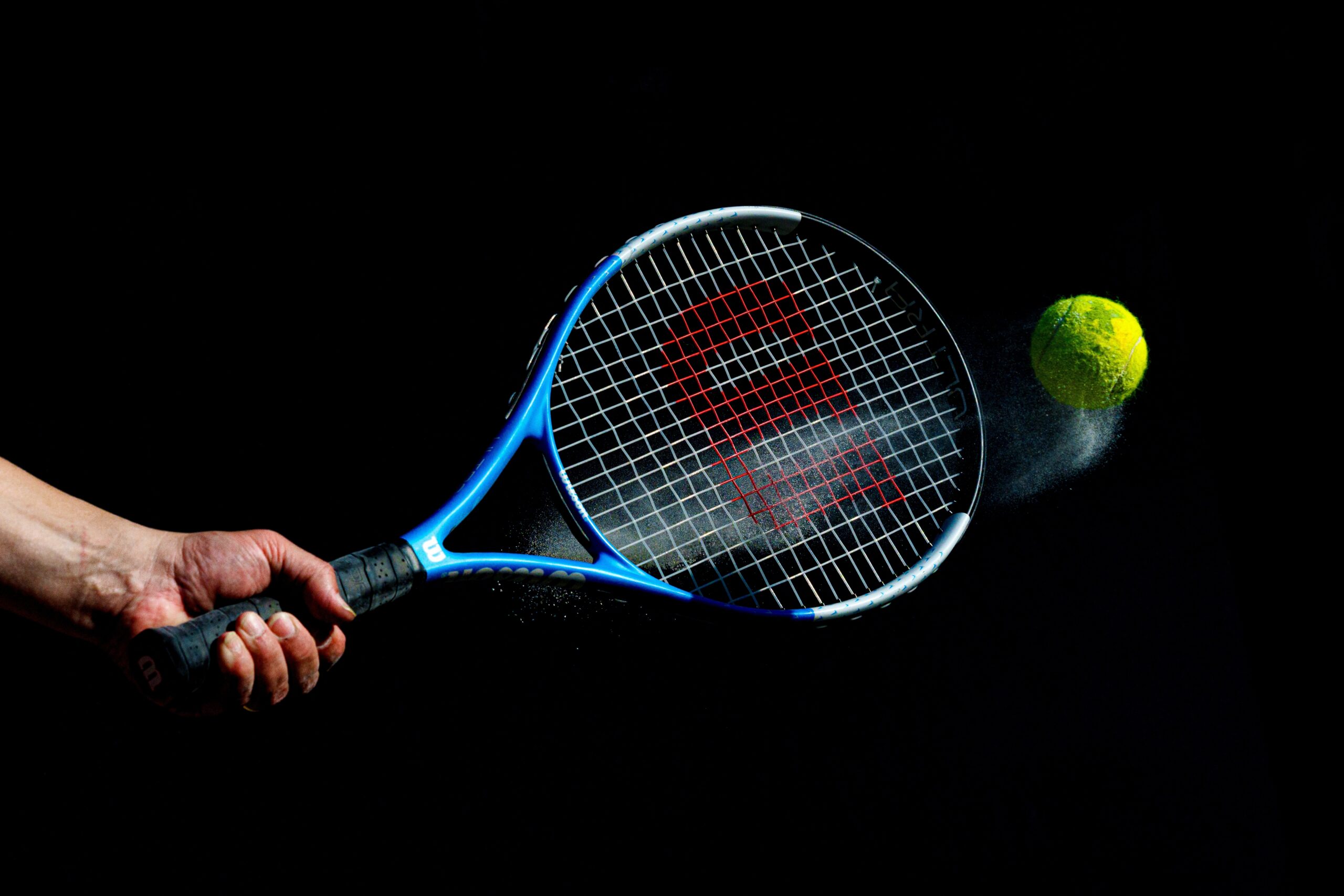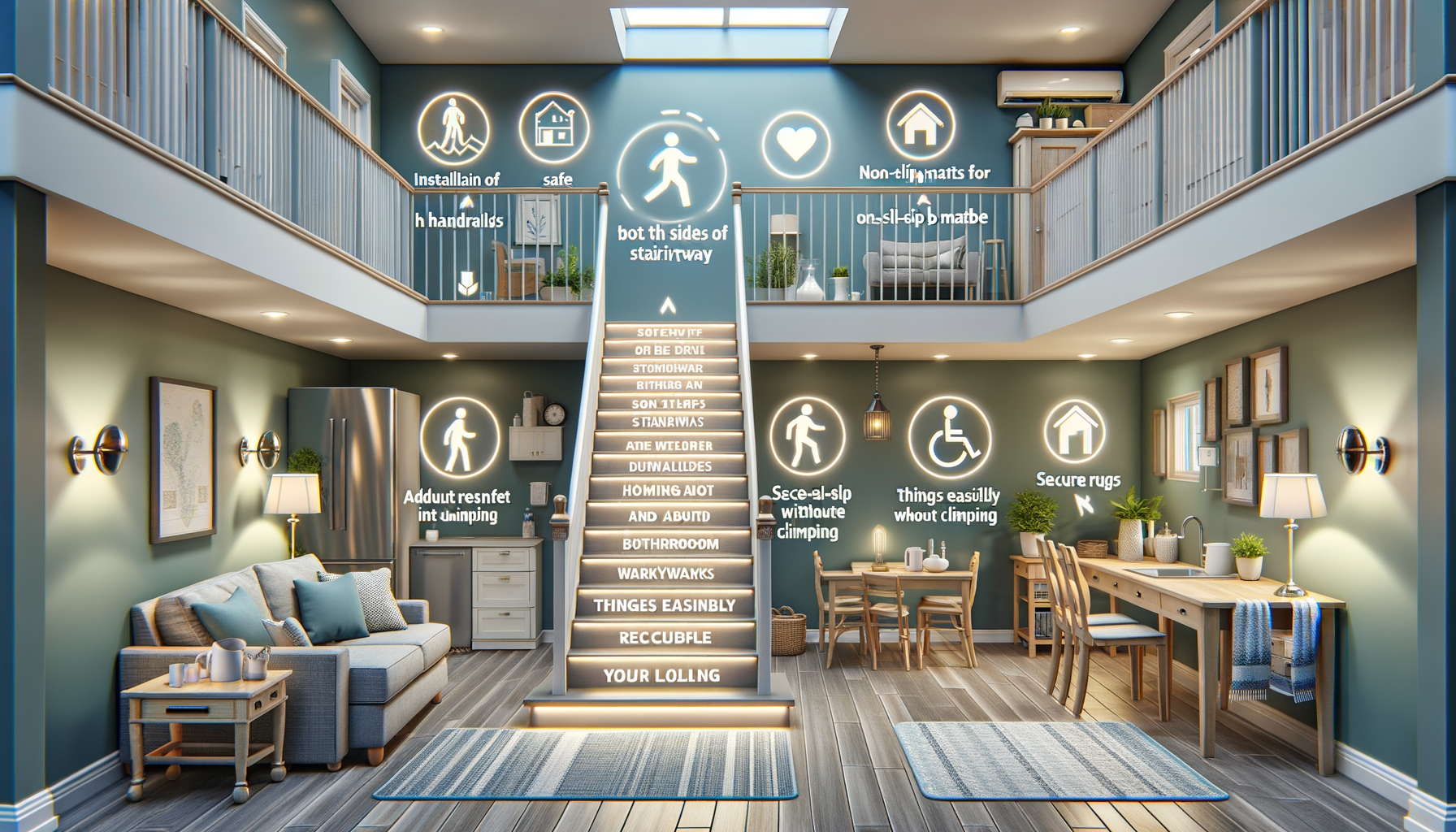Introduction to Fall Prevention
As we age, maintaining balance and mobility becomes increasingly challenging, making fall prevention a crucial aspect of senior care. Falls are not only a leading cause of injury among older adults but can also significantly impact their quality of life. Fortunately, many falls can be prevented with simple yet effective strategies. This guide provides valuable insights into practical safety tips, home modifications, and exercises that help reduce the risk of falls, ensuring a safer living environment for seniors.
Identifying Fall Risks at Home
Understanding potential fall risks in the home is the first step towards prevention. Many homes are filled with common hazards that can lead to falls, especially for older adults. Identifying these risks allows for proactive measures to be taken. Key areas to focus on include:
- Cluttered pathways that can cause tripping.
- Slippery floors, particularly in bathrooms and kitchens.
- Poor lighting that makes it difficult to see obstacles.
- Unstable furniture that may not support weight if grabbed during a stumble.
- Loose rugs or carpets that can easily shift underfoot.
By addressing these hazards, such as securing rugs and improving lighting, you can significantly reduce the chances of a fall occurring. Regularly reviewing and updating safety measures is crucial as needs and conditions change over time.
Home Modifications for Safety
Implementing home modifications can drastically decrease the likelihood of falls. These modifications range from minor adjustments to significant changes, all aimed at creating a safer living space. Some effective modifications include:
- Installing grab bars in bathrooms, near toilets, and in showers to provide support.
- Using non-slip mats in areas prone to moisture, such as bathrooms and kitchens.
- Adjusting the height of furniture to make sitting and standing easier.
- Installing stair railings on both sides for added stability.
- Ensuring all areas are well-lit with easy-to-reach light switches.
These changes not only enhance safety but also promote independence, allowing seniors to navigate their homes with greater confidence.
Exercises to Improve Balance and Strength
Regular physical activity plays a vital role in fall prevention by improving balance, strength, and flexibility. Engaging in exercises specifically designed for older adults can enhance mobility and reduce the risk of falls. Some recommended exercises include:
- Balance exercises such as standing on one foot or walking heel-to-toe.
- Strength training using resistance bands or light weights to build muscle.
- Flexibility exercises like stretching to maintain joint health.
- Low-impact activities such as tai chi or yoga that focus on balance and coordination.
Incorporating these exercises into a daily routine can lead to significant improvements in physical stability, thereby reducing fall risk.
Using Assistive Devices and Technology
Assistive devices and technology offer additional support in preventing falls. These tools are designed to aid mobility and provide extra security in daily activities. Some useful devices include:
- Canes and walkers that offer support and balance.
- Personal emergency response systems that alert help in case of a fall.
- Wearable technology that monitors movement and detects falls.
- Smart home devices that automate lighting and control for ease of use.
By incorporating these devices into daily life, seniors can enhance their safety and gain peace of mind, knowing help is readily available if needed.
Conclusion: Creating a Safe Environment
Preventing falls is an essential aspect of maintaining health and independence for older adults. By identifying risks, making necessary home modifications, engaging in regular exercise, and utilizing assistive devices, the likelihood of falls can be significantly reduced. These strategies not only protect physical health but also contribute to overall well-being, allowing seniors to live confidently and securely in their homes.








